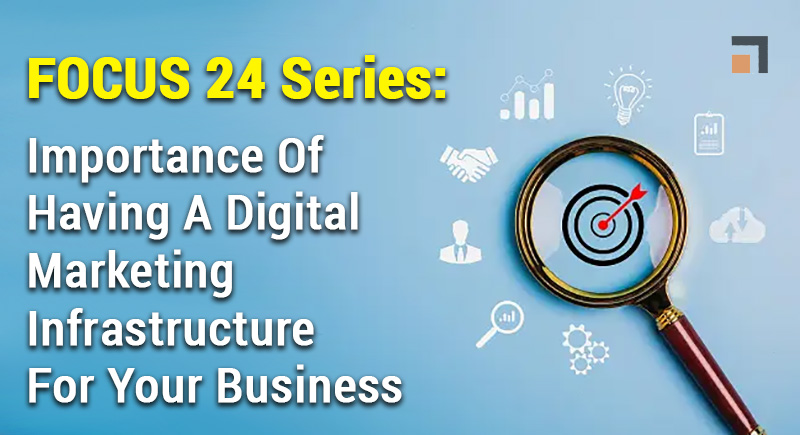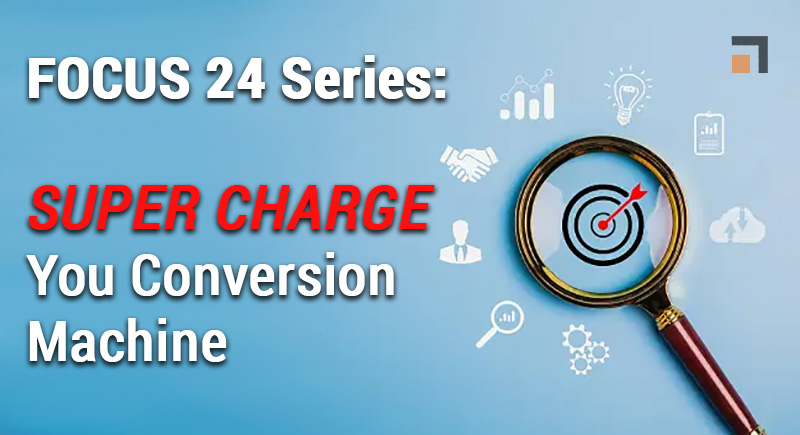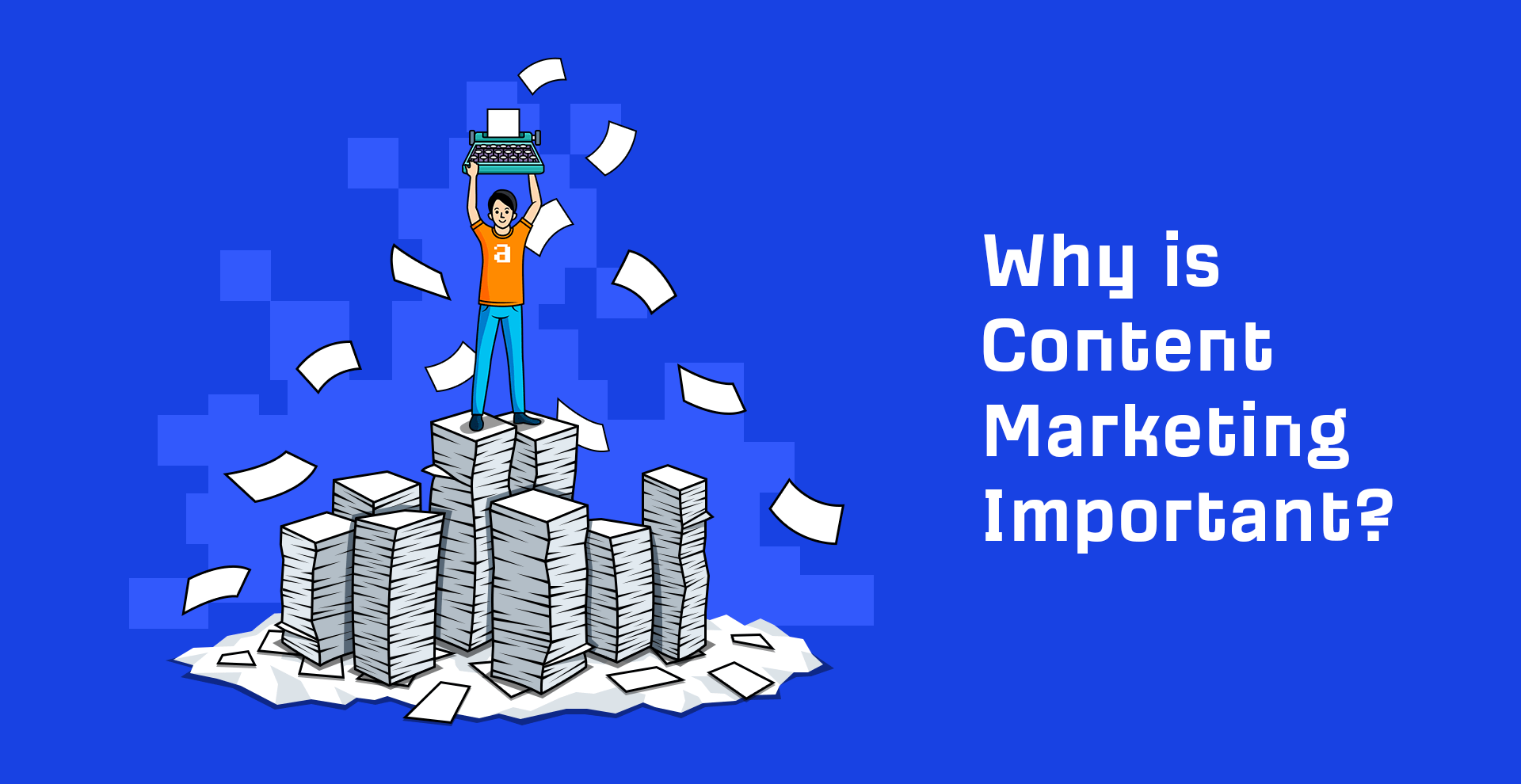
Focus 24: Importance Of Having A Digital Marketing Infrastructure For Your Business
Having a strong Digital Marketing Infrastructure is the foundation upon which all successful digital marketing campaigns are built as well as a thriving business. It is the collection of technologies, tools, and processes that businesses use to manage their digital marketing activities.
A well-designed digital marketing infrastructure can help businesses to:
- Create and deliver personalized content and experiences to their customers across multiple channels.
- Automate marketing tasks and workflows to save time and resources.
- Measure and track the results of their marketing campaigns to improve their effectiveness over time.
The Key components of digital marketing infrastructure
- Website: A business’s website is the foundation of its digital marketing presence. It should be well-designed, user-friendly, and informative.
- Content management system (CMS): A CMS is a software application that allows businesses to create and manage their website content.
- Marketing automation platform: A marketing automation platform helps businesses automate their marketing tasks and workflows, such as email marketing, social media marketing, and lead nurturing.
- Customer relationship management (CRM) system: A CRM system helps businesses to manage their customer relationships and track their interactions with customers.
- Data analytics platform: A data analytics platform helps businesses collect, analyze, and visualize their marketing data to gain insights into their customers and their marketing performance.
Benefits of a strong digital marketing infrastructure
A strong digital marketing infrastructure can provide businesses with a number of benefits, including:
- Increased efficiency and productivity: Digital marketing automation can help businesses save time and resources by automating marketing tasks and workflows.
- Improved customer engagement and satisfaction: A well-designed digital marketing infrastructure can help businesses create and deliver personalized content and experiences to their customers across multiple channels, which can lead to increased customer engagement and satisfaction.
- Better insights into customer behavior and marketing performance: Data analytics can help businesses gain insights into their customers and their marketing performance, which can be used to improve their marketing strategies and campaigns over time.
How to build a strong digital marketing infrastructure
The first step in building a strong digital marketing infrastructure is to assess your current needs and goals. What are your marketing priorities? What channels do you want to use to reach your customers? What tools and technologies do you need to support your marketing activities?
Once you have a good understanding of your needs, you can start to select the right technologies and tools for your digital marketing infrastructure. It is important to choose technologies and tools that are integrated with each other and that can scale to meet your growing needs.
Finally, you need to put in place the processes and procedures needed to manage your digital marketing infrastructure effectively. This includes developing a content calendar, creating workflows for managing leads and customers, and establishing reporting and analytics procedures.
Conclusion
A strong digital marketing infrastructure is essential for businesses that want to succeed in the digital age. By investing in the right technologies, tools, and processes, businesses can improve their marketing efficiency and productivity, increase customer engagement and satisfaction, and gain better insights into customer behavior and marketing performance.
Here are some additional tips for building and maintaining a strong digital marketing infrastructure:
- Keep your technologies up to date. Digital marketing technologies are constantly evolving, so it is important to keep your software and applications up to date. This will help you to take advantage of the latest features and functionality, and it will also help to improve the security of your digital marketing infrastructure.
- Regularly review your digital marketing infrastructure. Your digital marketing needs may change over time, so it is important to regularly review your infrastructure to make sure that it is still meeting your needs. This may involve adding new technologies or tools or removing technologies or tools that are no longer being used.
- Train your employees on your digital marketing infrastructure. It is important to train your employees on how to use your digital marketing technologies and tools effectively. This will help to ensure that your marketing campaigns are executed efficiently and effectively.
By following these tips, you can build and maintain a strong digital marketing infrastructure that will help you achieve your marketing goals. To receive a FREE Digital Marketing Infrastructure Checklist click here and one will be emailed to you.
Be sure and check back next week as I will share how to make sure You Have An Ideal Buyer Profile For Each Of Your Products and Services.
Building an effective digital marketing program for your business can be confusing today due to the many available options. Pull out your calendar right now and let’s schedule a time when we can figure out together the ONE BIG THING you should do first to get more prospects aware of your products and services that will convert them to customers as well as start an effective marketing plan to get your brand IN Demand! Sign up for a FREE 30-Minute Discovery Call to audit your current marketing plan for better results.
Oh! When we do talk, you will get our “No Pitching” guarantee. No pitching means we will not try and sell you in any way. If you want MORE after 30 minutes you will have to ask for it! We think that sounds fair, don’t you? Well, after all, that is what we are known for.
FOCUS 24 Series Discussion Topics





